Ms. Chicago, when people look back at this moment in the history of art, what do you hope that they’ll say about you?
I hope that they’ll say that I made a contribution to art history. That was my goal from the time I was a little girl. That was what I’ve been intent on doing all along, to make a contribution to art. That’s what my life has been about. And trying to demonstrate that women have as much to say as men. They’re just as worthy to be in our museums and our history books – that’s what my life has been about, and that’s what I’ve been hoping to prove. That gives meaning to life. And purpose.
You often use traditional male skills, like pyrotechnics and welding, and contrast them with traditionally female art skills, like embroidery. Is art gendered?
Art isn’t gendered, but artists are. I was just reading an article by a very well known art writer about minimalism. He was talking about male minimalists like Robert Morris and Donald Judd who were creating phallic symbols of power. Is that not gendered? In the ’80s I remember looking up the word “gender” and the only thing that came up was writing and thinking about women. Only women had gender! Men are normal and only women had gender. That’s only now beginning to change because of queer theory. Now, in America, there’s a new movement that established men’s studies, masculinity studies, in the same way that we study women.
Gerda Lerner, a pioneer in the field of women’s history and a hero of yours, said that, “Women’s history is the key to women’s emancipation.” Would you say that’s true?
Absolutely. Before the 1960s there weren’t any women’s studies courses. Learning that history was incredibly empowering. At the time, the idea was that women had no history. And in fact, when I was in college, I took a course called History of Europe, and the professor was a very respected historian. In the first session, he said, “In the last class, I’m going to talk about women’s contributions in history.” I waited all semester! I was a very ambitious young woman and I wanted to know what had been done. During the last class, he came in and he said, basically, “Women’s contributions to European history? They made none.”
How could that have been taken seriously?
That was the prevailing point of view! I had a really hard time in the L.A. art scene as a woman. It was a completely macho art scene. I started to wonder if what my professor had said was true, so I started buying all these books and found out about all these women writers, women artists – my professor was wrong! There was a huge amount of contributions from women throughout history. And discovering that really changed my life. That was one of the reasons why I set out to overcome all that erasure of women’s history.
Women’s history is also the theme of your most well-known artwork The Dinner Party, a triangular table with 39 place settings for 39 important historical women. Have we started to learn from our past, or is history destined to repeat itself?
No, not actually, but civilizations build on civilizations and it’s very different for men than it is for women. Men grow up, and they look on television, and they see male heroes. I used to say that it was a relief to see Margaret Thatcher because she wore a skirt! (Laughs) The problem with Angela Merkel is that she only wears pants! Men see themselves reflected in government, in history, in art. It’s really difficult to understand what it’s like to go to the museum and see only art by men. Men see themselves, their past, and their achievements and that shapes their self-image. It’s really difficult for women to do the same thing with the absence of a history. We take history classes and study what men do, with a few women thrown in now and then. Men build on their own achievements, but women have no basis to build on.
What would you say to those who call your work vulgar or pornographic?
What? I don’t know what you’re talking about, that is a very, very old idea! I turned 75 last year and there were events all over America celebrating my birthday and my work. I did a fireworks piece in Prospect Park. There were 12,000 people there. And afterwards they all burst into applause and sang “Happy Birthday” to me. Those kinds of things don’t happen if they think the work is vulgar!
I agree, however, a recent article in The Guardian described your work as such, saying, “On the one hand, you could called it vulgar and semi-pornographic, while on the other it could be just another form of expression.”
Right! If we had a level playing field, women’s work would just be seen as another form of expression. I mean, why would my work be called that when Gustav Klimt’s paintings of little girls or Henry Darger’s paintings of little girls… Is that not pedophilia? Is that not vulgar? Somewhat? No. We’re used to it in men, but we’re not used to it in women’s work. We’re not used to women’s work, period. That’s what I’ve been trying to say! “Get used to it!”
What kind of impact do you hope that your work has? Aside from the message, is it enough that your art just be beautiful?
Well, that’s not what it was about for me. Yes, art should be beautiful, but the function of beauty and art is to convey ideas. I’ll tell you what I want. The Brooklyn Museum did a show of my early work, and a museum in Santa Fe did a show of my years in New Mexico. And on opening night, a stranger, this man walked up to me and he said, “I am completely overwhelmed. Thank you so much.” I think that given the kinds of emails and letters and outpourings that I’ve had over the years, there are many people who say that seeing my work changed their life. That’s pretty good!
You’ve also said that the greatest lesson in your career was to never give up. Was there a time when you considered picking a path that might have been easier?
Listen, I’ve got to tell you something. It’s not a lot of fun to read that your work is vulgar. I had some pretty horrible reviews in my life. And would it have been easier to give up? Maybe. But when people ask me if I have any advice for young artists, that’s what I say. Don’t give up. Trust yourself, even if people don’t see what you see or understand what you’re trying to do. Don’t give up.
Why was it worth it to keep going?
Because you never know what’s going to happen in life if you live long enough! I opened a show in New York in 2000 that was part of a work called Resolutions: A Stitch in Time. Oh my God. The guy who reviewed it for The New York Times wrote such a vitriolic and hateful review. He called me a feminist relic! Then in 2014, I did all these new shows, and the same guy wrote a review of my show in Brooklyn and suddenly he called me a feminist visionary! (Laughs) In 2014! You never know what’s going to happen if you live long enough.
Return to Top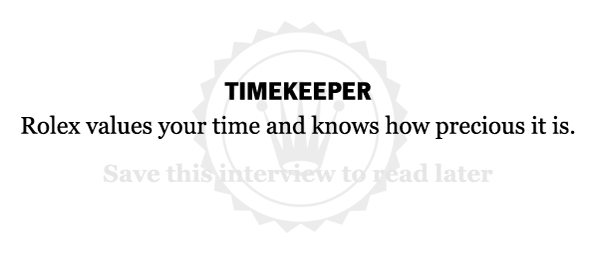
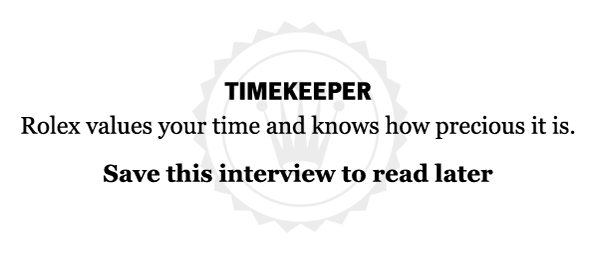
Short Profile
Name: Judith Sylvia CohenPlace of birth: Chicago, Illinois, USA
DOB: 20 July 1939
Occupation: Artist
Judy Chicago's Star Cunts and Other Attractions runs from 14 September - 31 December 2015 at the Riflemaker. A selection of her works will also feature in The World Goes Pop, opening 17 September 2015 at the Tate Modern.
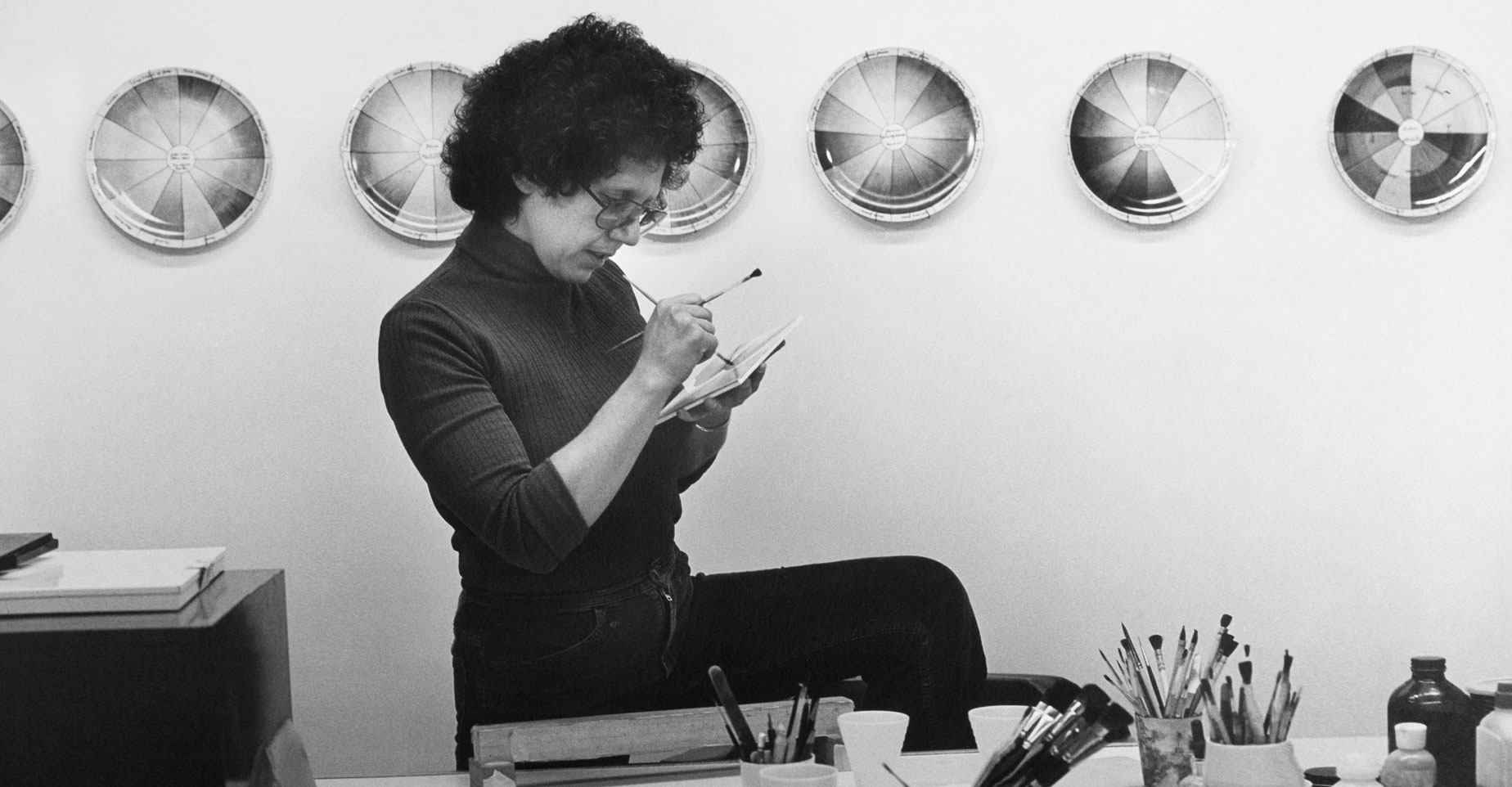
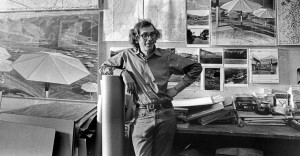
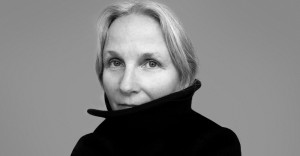
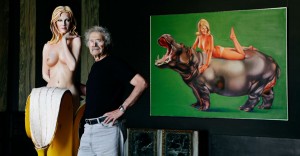

















Comments
write a comment, read comments